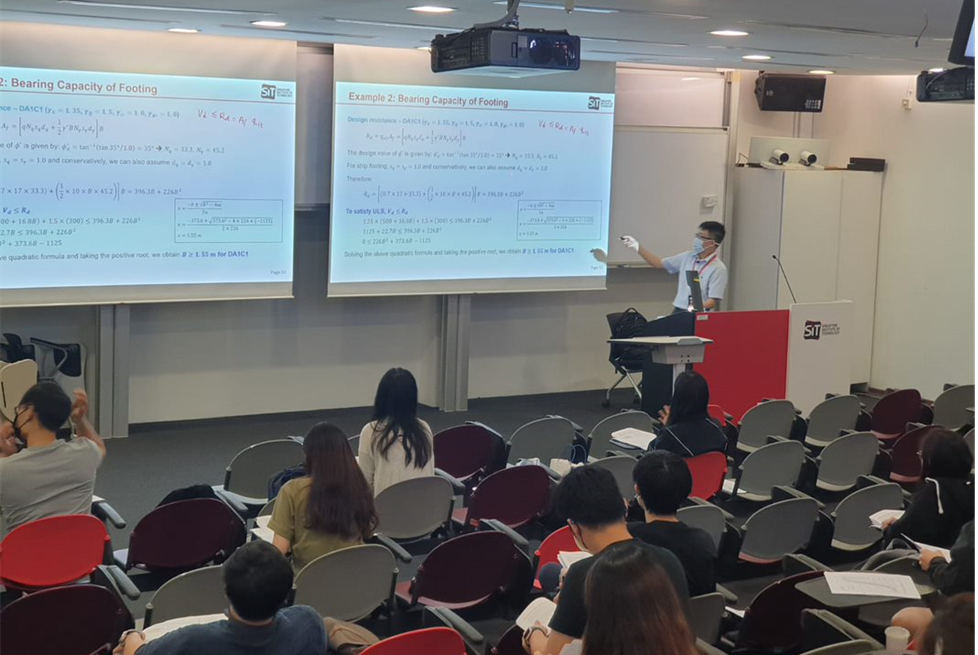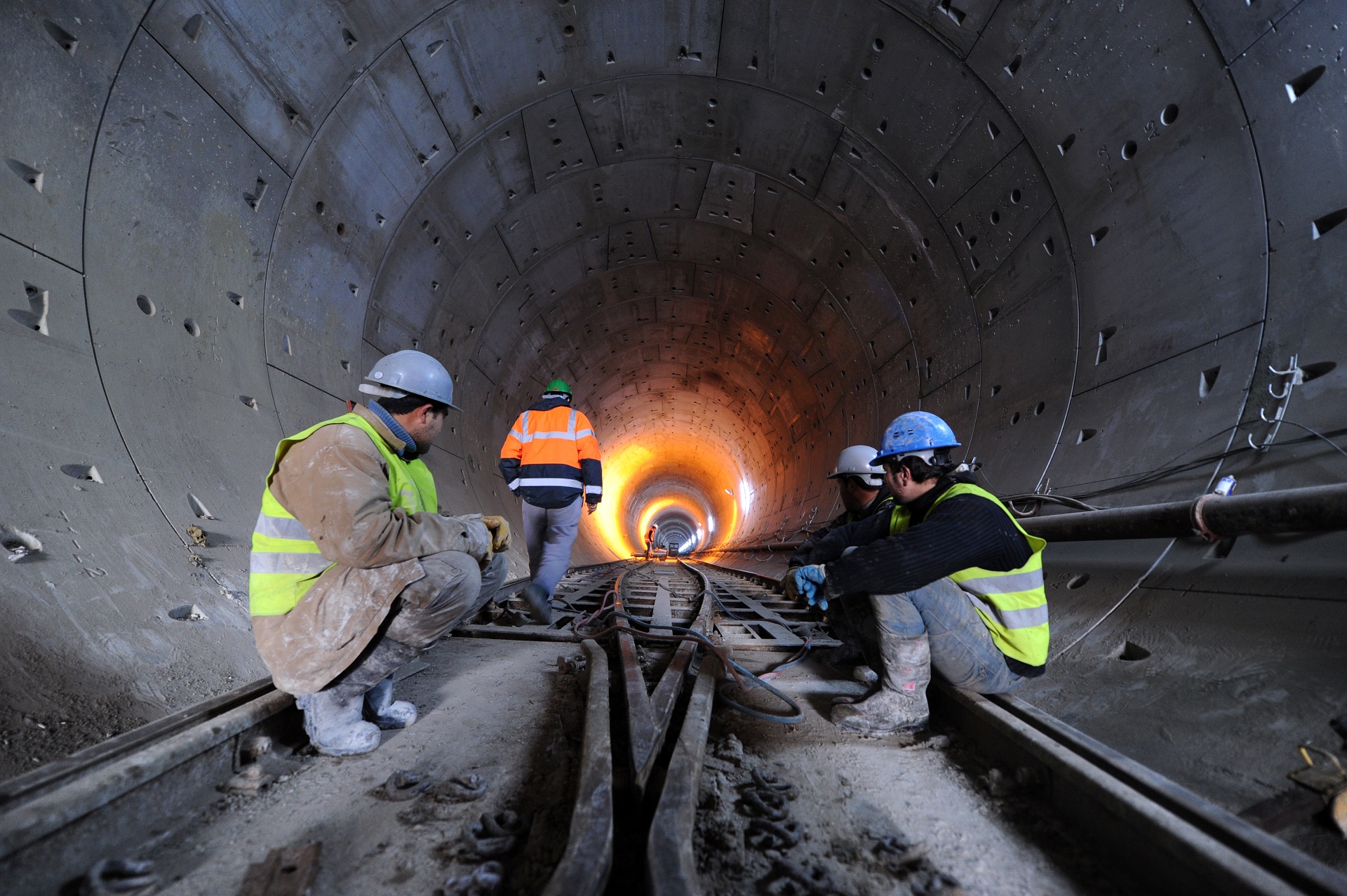
Course Overview
Effective from AY2025/26 Trimester 2 (January 2026), the Postgraduate Certificate in Civil Engineering will be transiting to Graduate Certificate in Civil Engineering. For more details, please refer to the full notice here.
This module will explore the structural behaviour of tall building systems, covering the major concerns and techniques useful to design such structures.
- Different stability system will be described. These will include commonly used structural types.
- The lateral and vertical loading will be considered, including seismic, wind and gravity. Different techniques to estimate them will be taught.
- The use of numerical software for the analysis of the system will be explored in detail. At the same time, some advanced design considerations, such as progressive collapse will be included.
- Specific design criteria and techniques for steel, concrete, and composite members will be covered.
Who Should Attend
- Civil Engineers, Site Engineers, Field Engineers, Project Engineers
- Construction Managers
Prerequisites
- Candidates should possess a Bachelor's degree in Civil Engineering
What You Will Learn
Stability systems
- A range of commonly used stability systems will be considered, using both steel and concrete materials
- Simplified design rules will be provided
Loading conditions
- Gravity, wind and earthquake loading will be considered
- Hand calculations and, where appropriate, FEA analysis and experimental data will be used
Finite element analysis of tall buildings
- Finite element software ETABS will be used to create models of tall buildings and provide the analysis data needed for the design of structural elements
Teaching Team

Paolo Del Linz
Associate Professor, Engineering, Singapore Institute of Technology
Schedule
| Course Run | Dates | Time |
|---|---|---|
| January – April 2025 Run | 7 January – 1 April 2025 (Every Tuesday*) | 7:00 pm – 10:00 pm |
*Subject to change
| Week | Topic |
|---|---|
| Week 1 | Introduction to tall buildings design and architectural development of tall buildings |
| Week 2 | Wind Loads Calculate the wind load on a building Using wind tunnel data Using wind tunnel data |
| Week 3 | Seismic design Calculate the earthquake excitation of the building according to the provisions of Eurocode 8 |
| Week 4 | Lateral load resisting systems for steel buildings Perform simple calculations of the stability of a braced frame deflection |
| Week 5 | Lateral load resisting systems for concrete buildings Calculate the stiffness of a concrete core and its likely elastic deflections for wind loads |
| Week 6 | Preliminary design of a composite floor and columns system |
| Week 7 | Break |
| Week 8 | Gravity systems for tall buildings – Precast concrete Preliminary design of a precast floor and walls system |
| Week 9 | Finite element modelling of building systems Create a finite element model of a building |
| Week 10 | Estimation of building loading using Analysis software Calculate the wind and seismic loads on a building using the Finite element software. Apply loading calculated by hand or other methods |
| Week 11 | Preliminary analysis techniques Perform a preliminary analysis of a tall building using given loads |
| Week 12 | Novel Materials Consider the preliminary design from the tutorial in week 11 and perform the analysis again using advanced materials |
| Week 13 | Special Topics: Motion perception, Damping and performance based design |
Certificate and Assessment
A Certificate of Attainment will be issued to participants who:
- Attend at least 75% of the module; and
- Undertake and pass credit bearing assessment (worth 6 credits) during the module, which can be stacked towards the Postgraduate Certificate in Civil Engineering
Participants who meet the attendance requirement but do not pass the assessment will receive a Certificate of Participation.
Fee Structure
The full fee for this course is S$3,606.88
| Category | After SF Funding |
|---|---|
| Singapore Citizen (Below 40) | S$1,082.06 |
| Singapore Citizen (40 & Above) | S$420.25 |
| Singapore PR / LTVP+ Holder | S$1,082.06 |
| Non-Singapore Citizen | S$3,606.88 (No Funding) |
Note: All fees above include GST. GST applies to individuals and Singapore-registered companies.
Course Runs
Learning Pathway

Earn a Postgraduate Certificate
Frequently Asked Questions
-
What is the prerequisite knowledge for the course?
Students should be familiar with basic design rules from Eurocodes.
-
Is any software required for the software?
Any analysis software used will be provided as part of the course.
New Engineering Micro-credentials Launching Soon!
Exciting news! We are introducing new micro-credentials in Electrical and Electronic Engineering & Infrastructure and Systems Engineering. Be among the first to know by registering your interest today! Register now →


